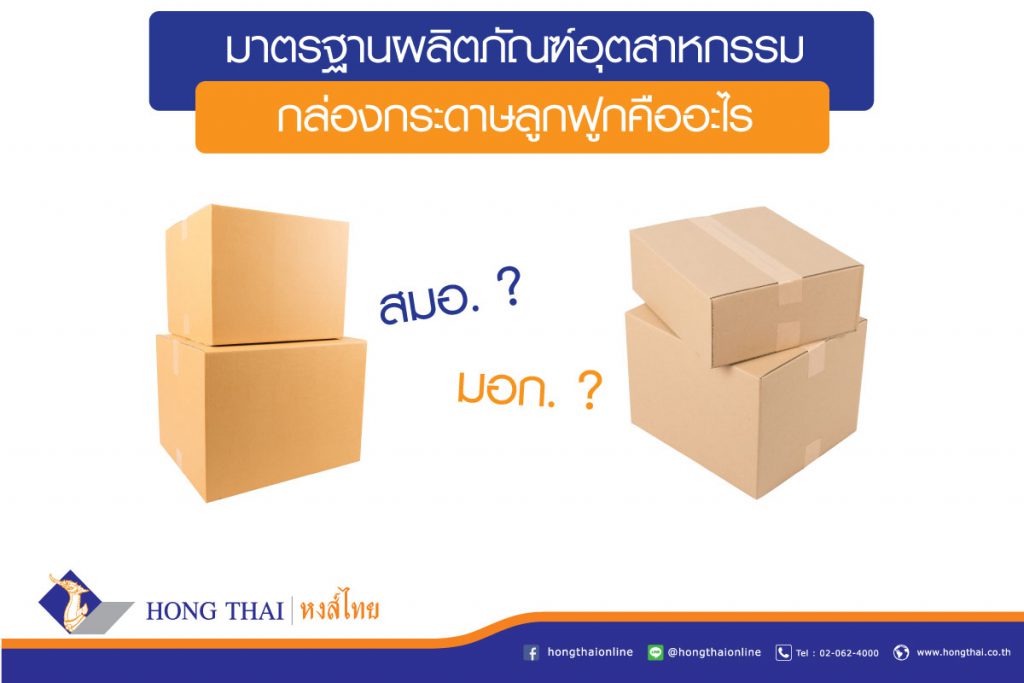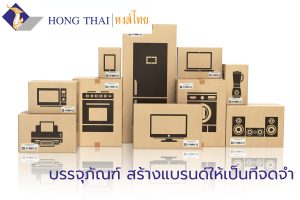Packaging plays a crucial role in the development and adding value to products. Corrugated cardboard boxes are a type of packaging that is essential for almost all product types. When a product requires a cardboard box for packaging, many different forms of corrugated cardboard boxes are produced to guide factories in manufacturing quality packaging. As a result, industrial product standards, or the Thai Industrial Standards (TIS), were established.
What is the industrial product standard?
The industrial product standard, or TIS, refers to the technical specifications established by the Industrial Product Standards Office (TIS) to guide manufacturers in producing products of the appropriate quality for their intended use. These standards are published in documents and made available in book form.
Currently, there are over 2,000 products that the TIS has set standards for, covering various items we use in our daily lives, including food, electrical appliances, construction materials, and packaging for food and beverages, as well as corrugated cardboard boxes and more.
What is the industrial product standard for corrugated cardboard boxes?
Based on the definition of industrial product standards, which refers to the guidelines for producing products with quality, the “Industrial Product Standard for Corrugated Cardboard Boxes” refers to a document containing technical specifications and guidelines for manufacturers or factories producing corrugated cardboard boxes. It includes the following criteria:
1. Scope – Defines which types of corrugated cardboard boxes are covered by this standard and which types are not.
2. Definitions – The meanings of terms used in the corrugated cardboard box production standards.
3. Dimensions – Specifies the width, length, and height of the boxes.
- Materials and manufacturing process – Defines the materials to be used and the manufacturing process.
5. Quality – The production must be neat and free of defects as specified in the document.
6. Marks and labels – Specifies that the production must have clear and correct marks, such as numbers, letters, or symbols, as defined in the production standards.
7. Sampling and criteria for judgment – Determines whether the inspected product has defects or flaws beyond the acceptable limits.
8. Testing – Refers to the process of sending product samples for inspection and testing in a laboratory, which involves several testing steps.
Benefits of the industrial product standard for corrugated cardboard boxes for consumers
1. Helps in making decisions when purchasing products and services.
2. Ensures safety in use.
3. In case of damage, spare parts can be easily found because the products have the same standard and can be interchangeable.
4. Maintenance methods are similar, so there is no need to learn how to use new packaging every time a purchase is made.
5. Consumers receive higher-quality products at a fair price, making it worth the investment.
In addition to benefiting consumers, the industrial product standard for corrugated cardboard boxes also benefits manufacturers by ensuring consistent product quality. It also benefits the public by strengthening the industry and the country’s economy.






